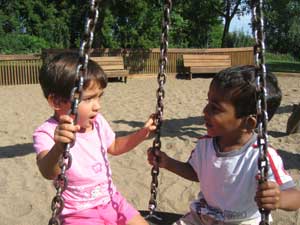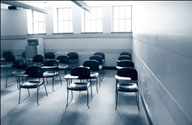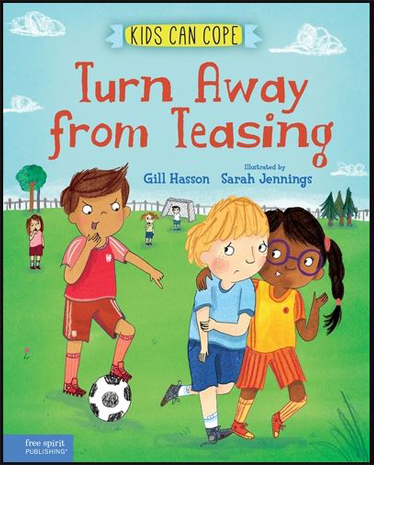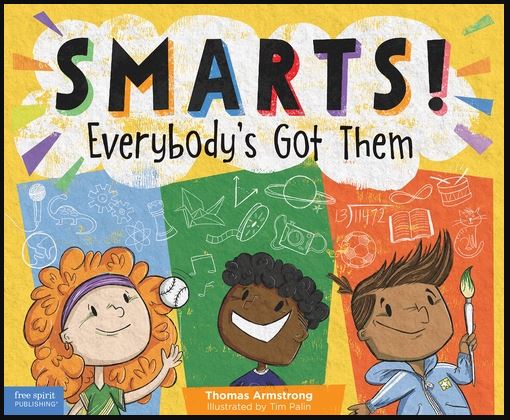Related Products
For Parents
Related Teacher Tools Takeout Items
Preparing for your Child to Start School
My child is now old enough to be starting school. How might his hearing loss affect his education? What should I know before I meet with the school team? How will I know what to ask for?
As a parent, you know how well your child is able to listen in certain situations, how he or she follows directions and what you do every day for good communication. What you know about your child as a listener and learner is very valuable to share with the school team that will be assessing your child and developing the Individualized Educational Plan with you. If your child does not have obvious learning delays he or she is still at very high risk for not perceiving all of the communication in the classroom. Over time, this can create delays in learning. The resources below can help you prepare your information, questions and issues to share when you meet with your child’s school team.
Potential effect on classroom learning – what to watch for and information to share with teachers: Relationship of Hearing Loss to Listening and Learning Needs – 1 hearing loss per page (parent/teacher version) summarizes the potential effects of hearing loss on a child’s perception of speech in a school setting and possible need for educational supports. Spanish version.
Nine different hearing losses are described. Select the handout that represents the range of hearing loss of your child. If your child has different hearing loss levels in each ear, choose the handout that is the same as his better hearing ear. These handouts may be useful in advocating for services with the student’s school staff or medical staff. 16-25 dB, 26-40 dB , 41-55 dB, 56-70 dB, 71-90 dB and 91+dB, high frequency hearing loss, reverse slope or mid-frequency (cookie bite) hearing loss, unilateral hearing loss, fluctuating hearing loss (ear infections) The dB levels of hearing loss are used because the terms minimal (16-25 dB), mild (26-40 dB) and moderate (41-55 dB) hearing loss do not match the seriousness of these hearing losses regarding child development, listening and learning.
Don’t forget social needs! Kindergarten teachers report that 20% of children entering school do not have the socialization skills needed for school success. Because children with hearing loss can miss subtle social cues and incidental language, they are at high risk for having social skill deficits. Children with hearing loss typically are delayed in social communication. Take the PRAGMATICS CHECKLIST to see if your child is experiencing delays compared to age peers. Share the results with your child’s school team.
The handout Improving Your Childs Social Skills defines expected social skills, the rules of conversation, and what families can do to improve social behavior and self-esteem. With more children with hearing loss entering their neighborhood schools, they may not encounter other children who have hearing devices. It is critical for them to be ‘at home’ socially with their age peers and have self-esteem strong enough to be able to advocate what they need to communicate their best. It all starts at home!
Is he experiencing speech or language issues? Although it is not a diagnostic test, the Progress Checker is a free online interactive checklist that is a valuable screening tool that may make you feel good about your child’s overall communication or could point out some issues to discuss with your child’s school team.
Gathering information about listening at home: Children’s Home Inventor y of Listening Difficulties (CHILD) – This is a tool that families can complete for children as young as age 3. By rating your child’s listening behaviors for various situations you are identifying different settings in which he or she may have challenges. This information can be useful for transitioning into school (see Starting School LIFE below) or may help families understand how their communication patterns may need to change to encourage the child to become an assertive communicator. It may also help identify needs for assistive devices in the home.
y of Listening Difficulties (CHILD) – This is a tool that families can complete for children as young as age 3. By rating your child’s listening behaviors for various situations you are identifying different settings in which he or she may have challenges. This information can be useful for transitioning into school (see Starting School LIFE below) or may help families understand how their communication patterns may need to change to encourage the child to become an assertive communicator. It may also help identify needs for assistive devices in the home.
Sharing information with the school team – issues to discuss for a solid school start: Starting School LIFE (Listening Inventory For Education) – This tool records the valuable information from the family’s completion of the CHILD, along their observations of their child as a communication partner and their level of independence. It combines this information with results of the school’s eligibility assessment or annual assessment. The gathered information provides important insights into the child’s communication strengths and listening needs for consideration of potential placement, classroom accommodations or skill building needs.
Adapting the school environment to support the learner with hearing loss: Children with Hearing Loss – Helpful Adaptations in the School Environment – Listening and learning in the classroom can be very challenging for students with hearing loss. This information provides an overview of classroom accommodations and expectations that the school team can address to meet these needs. You may want to share this handout on the classroom listening environment with your child’s teacher/school team.
with Hearing Loss – Helpful Adaptations in the School Environment – Listening and learning in the classroom can be very challenging for students with hearing loss. This information provides an overview of classroom accommodations and expectations that the school team can address to meet these needs. You may want to share this handout on the classroom listening environment with your child’s teacher/school team.
Preschool progress check-up: Preschool SIFTER – This is an assessment that is typically completed by the classroom teacher at the request of the hearing professional on the school staff. It provides a quick screening of the child’s functional ability as compared to typically developing age peers (class peers for kindergarten) in the areas of Pre-academics, Attention, Communication, Class Participation, and Social Behavior. There is a scoring grid that rates the child as typical or at-risk for Communication or Social Behavior in each of these areas. This functional monitoring can be highly effective in the fall (i.e., October), mid-year (i.e., January) and end (i.e., May) of each school year. The final Preschool SIFTER (in Spanish) can be used to provide insights to the child’s new teacher in the following fall. Family members can share this tool with their child’s school team as a means of monitoring his or her performance throughout the school year.



